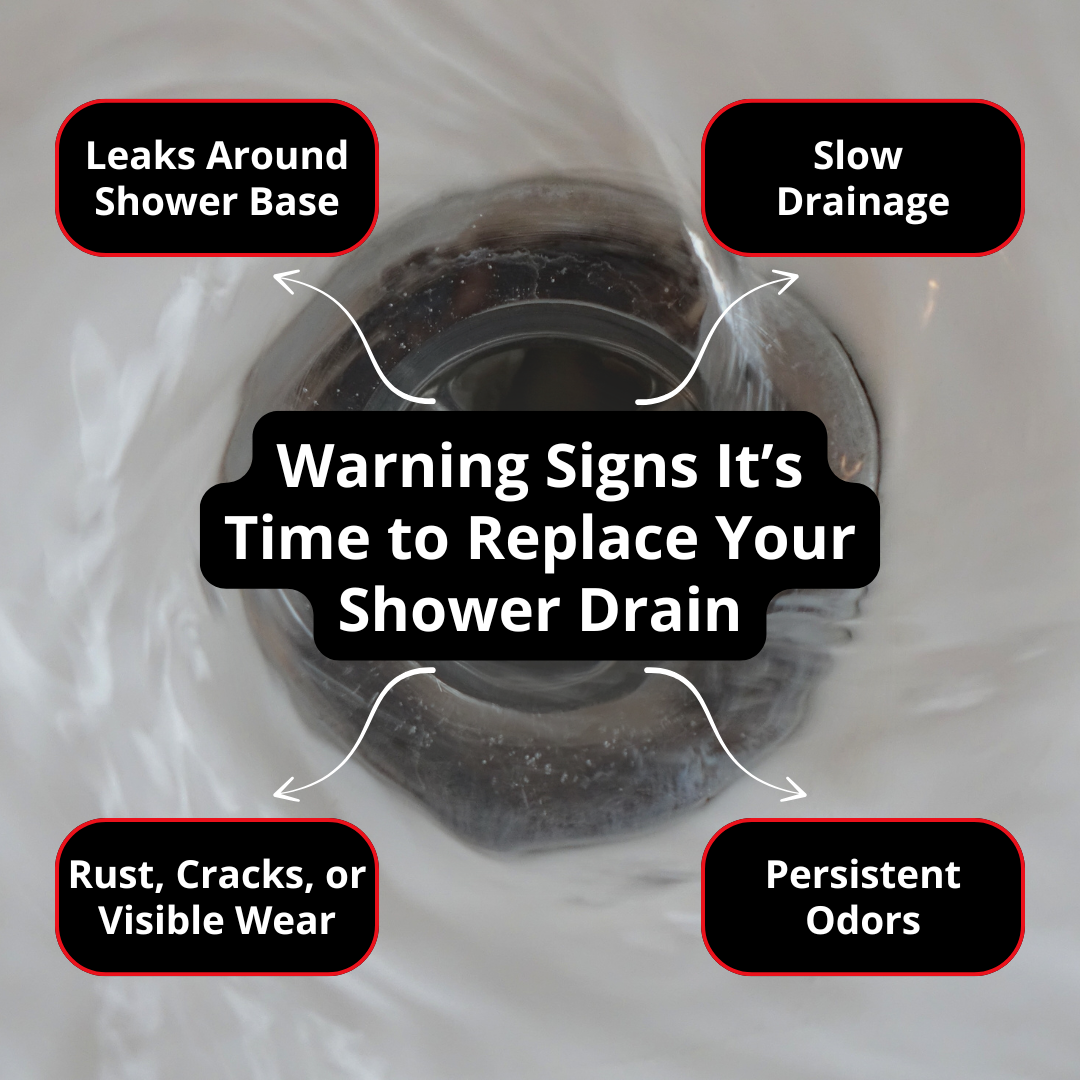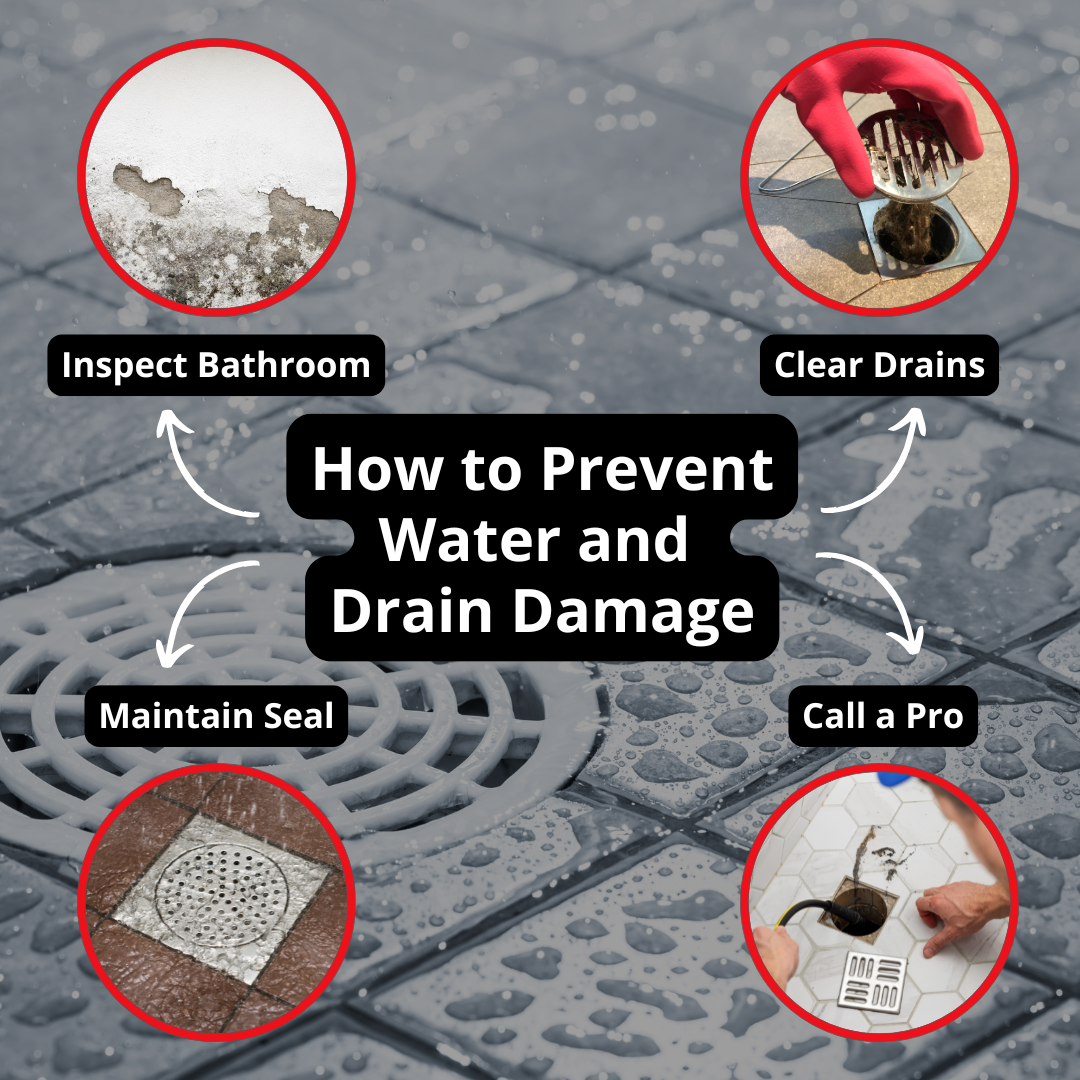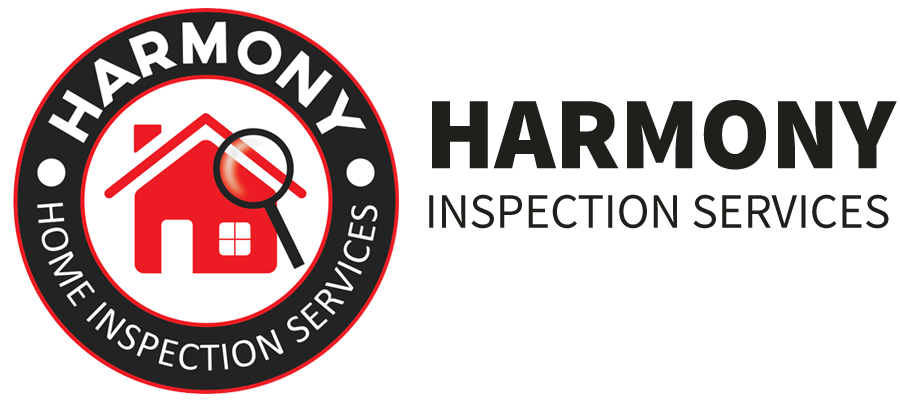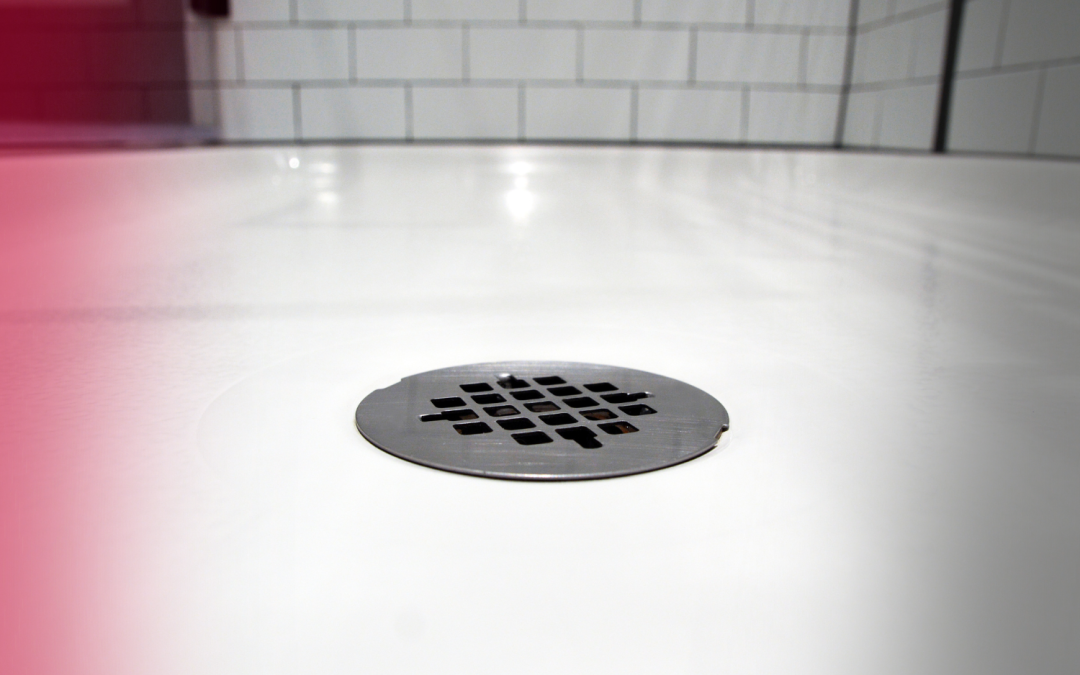If your shower drain is leaking, rusted, or not working properly, replacing it can save you from expensive water damage. The process is straightforward, but it’s important to know when a drain needs replacing, what tools to use, and how to do it properly. This guide explains how to replace a shower drain step by step, while also helping you prevent leaks and water damage in the future.
How Do You Know When It’s Time to Replace a Shower Drain?
A shower drain doesn’t last forever. Over time, wear and tear can cause problems that lead to leaks and bigger issues. Knowing the signs early can save you time and money. Here are the most common warning signs:
- Slow drainage: If water collects in your shower and drains slowly, the drain may be clogged or damaged.
- Leaks around the shower base: Water stains on ceilings or walls below your bathroom often mean the drain is leaking.
- Rust, cracks, or visible wear: Metal drains can corrode, and plastic drains can crack. Both let water escape where it shouldn’t.
- Persistent odors: A bad smell may signal trapped water or mold forming around a leaky drain.
Ignoring these warning signs can lead to mold growth, soft flooring, or even structural damage in your home. Addressing the problem early is always less expensive than repairing water damage later.

What Tools and Materials Do You Need to Replace a Shower Drain?
Replacing a shower drain is easier when you have everything ready. Here’s a list of what you’ll need:
- Flathead screwdriver: For removing the drain cover.
- Adjustable pliers or wrench: To loosen and tighten fittings.
- Plumber’s putty or silicone sealant: Creates a watertight seal between the drain and the shower.
- Replacement drain kit: Available at most hardware stores.
- Plumber’s tape (Teflon tape): Prevents leaks in threaded connections.
- Gloves and rags: Protect your hands and help with cleanup.
Cost tip: A standard replacement drain costs between $230–$1,170. The tools are often items you already own. By comparison, water damage repairs can range from $1,380 to $6,350. Replacing a drain early is a smart investment, especially before mold grows.
Step-by-Step Guide
Replacing a drain can feel intimidating, but it’s a simple process if you take it step by step:
- Remove the old drain cover. Use a screwdriver or gently pry it up with a flat tool.
- Loosen the old drain. Grip it with pliers or a special drain removal tool and twist it counterclockwise until it comes out.
- Clean the opening. Scrape away old caulk, putty, or debris so the new drain has a clean surface to seal against.
- Apply sealant. Roll plumber’s putty into a rope shape and press it around the underside of the new drain flange. Silicone can also be used.
- Install the new drain. Place the drain in the opening and screw it in tightly. Use plumber’s tape on threaded connections for extra leak protection.
- Wipe away excess putty. Smooth the surface for a neat finish.
- Test for leaks. Run the shower for several minutes and check around and beneath the drain. If you see water escaping, tighten or reseal as needed.
Tip for success: Don’t over-tighten. Too much force can crack the flange or damage the seal.
How To Prevent Water Damage After Replacing a Shower Drain
The replacement itself is just one part of protecting your home. Preventing water damage after the job is just as important. Here’s how:
- Inspect your bathroom regularly. Look for water stains, musty odors, or dampness on floors and walls.
- Keep drains clear. Hair and soap buildup can weaken seals and cause leaks.
- Maintain the seal. Use quality putty or silicone when installing, and check the seal every year.
- Call for professional inspections. A certified home inspector can spot water damage behind walls and under flooring that isn’t visible to homeowners.

Should You DIY or Hire a Professional?
Many homeowners can replace a shower drain themselves, but it’s not always the best option.
DIY is safe when:
- Your drain is a standard screw-in or compression type.
- There are no cracks in the shower floor or pan.
- You’re comfortable using basic tools.
Call a pro if:
- Your drain is sealed with glue or is in an older bathroom design.
- You see mold, soft spots, or water-damaged flooring.
- You want to be certain the installation is watertight.
Why inspections matter: Even after a replacement, a home inspector can confirm there’s no hidden water damage. This can give you peace of mind that the job was done right.
What Types of Shower Drains Can You Replace?
Knowing what type of drain you have will make the process easier. The three most common types are:
- Screw-in drains: Found in many newer showers, easy to remove and replace.
- Snap-in drains: Installed by pushing into place, these often require a special removal tool.
- Compression drains: Held in place by a rubber gasket, common in fiberglass or tile showers.
If you’re unsure what type you have, check your drain’s shape and how it’s attached. A professional can also help you identify it before starting the replacement.
Related Questions
How long does it take to replace a shower drain?
Usually, less than an hour if you have the right tools and a standard drain that has smooth water flow.
Can you replace a shower drain without removing the shower pan?
Yes. Most parts of a shower can be replaced without disturbing the shower pan.
What happens if you don’t replace a leaking shower drain?
Water damage spreads to floors, walls, and ceilings below, often leading to mold and expensive repairs.
How often should shower drains be replaced?
Typically, every 10–15 years, or sooner if mold, rust, cracks, or leaks are present.
Do home inspectors check for water damage around drains?
Yes. Inspectors look for signs of leaks, mold, or water staining near showers, tubs, and sinks.
Conclusion
Replacing a shower drain may seem like a big project, but it’s one of the easiest ways to avoid water damage in your bathroom. With the right tools, a little time, and some care, you can handle it yourself. But if there are signs of leaks, damage, or mold, it’s smart to bring in a professional.
If you’re worried about hidden leaks or water damage in your home, schedule a professional inspection with Harmony Home Inspection Services. Our team can help you catch problems early and keep your bathroom safe and dry.

